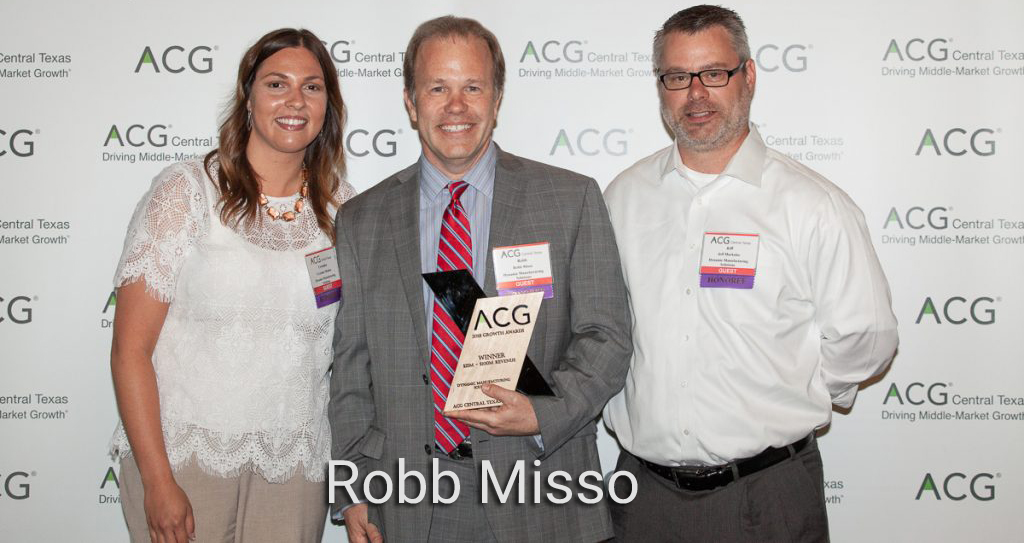
Periods of crisis and change are the most stressful and challenging time for teams and their leaders. But you can make it through with productivity and morale intact if you are strong for your team with the right leadership attitude. By encouraging your team to think of change as an opportunity, you can quickly move your team from resistance with a past focus to commitment with a future focus.
“Everything that exists is already fraying at the edges and is in transition.”
–Marcus Aurelius, second century Roman emperor.
Moving Through Change from Past to Future Focused
Getting your team through change means leading them through a change curve: through denial, resistance, acceptance and finally to commitment. Adapted by Sue Stockdale from the five stages of grief, this four-step process starts with employees focused on the past of what was. But as employees learn what’s happening, they will move through the present and finally look forward toward the future of what can be.
The transition from resistance to acceptance of change is the hardest part to get through. But with enough information and time, you can get your team to see the present as it really is. As they go from resistance to acceptance, they will see the reality of the present in a sudden moment of clarity, almost like the eureka moment of creativity.
To bring your team through the past, present and future, follow these three steps advised by Robb Misso, co-founder of DMS and Austin Regional Manufacturer’s Association (ARMA).
1. Understand the Change
Whether the change is expected or unexpected, the first step is to understand what is happening. Before you go to your team, ask yourself about how your own experience with change prepares you for what’s happening, and use strategic assessment tools such as SWOT to assess the situation. By following SWOT analysis, you’ll have a clear understanding of how to counter employee objections of weaknesses and threats with the potential opportunities and strengths of change.
To help in this process, treat change as an opportunity in your own leadership style, even during stable periods. People react to events based on attitudes built up over time. Instill an attitude of opportunity in your team by always being open to questions and suggestions, but don’t make promises you can’t deliver on.
2. Understand Resistance
Once you’re clear on how the team and the business are changing, step into your employees’ shoes and try to think about how they will react. What are their personalities like? Are they generally open to new ideas, or is it going to take some time to bring them past denial and resistance?
After planning for how your team will react, go to your team and drive home what is happening. Be realistic and direct. Don’t pretend that things might be able to stay the same if they can’t. Don’t try to fight legitimate fears by lying. Getting resistance is better than letting your team sleep in a dreamland of denial.
As your team gets clear on what’s happening, show them your own opportunity attitude. Counter their objections with the ways that change will be good for them and the business. And if layoffs are necessary, get them over with quickly, while making it clear that the people who remain are safe, assuming they get on board with the new reality.
Getting people through the resistance stage may take some time, depending on their personalities and the culture of the company. If employees on your team have been doing things the same way for decades, give them a little time to absorb what’s happening. Ask them questions about why they’re resisting and keep asking them “why” to each answer.
Employees might say that they don’t like the new process, but in reality, they may be afraid to learn new processes after years of doing things the same way. Present the change as an opportunity for their own personal advancement, a challenge that will make them safe in their career once they get through it.
3. Provide a Clear Vision of Where to Go
To take your team from acceptance of the present to commitment to the future, let them see their role in the future of the company. If appropriate, once your team is starting to feel the energy of future opportunities, open the floor to new ideas to encourage their future aspirations. Even the employees most resistant to change may have a few issues that they’d like addressed since things are changing anyway.
As your team sees the possibilities and opportunities for them and the company’s future, they will gain the positive attitude to move to full commitment. Then, in line with the new vision you provide them, they will be able to get back to being the well-functioning, productive and efficient team you know they can be, and which you’ve told them you know they can be.
About Robb Misso:
Robb Misso has worked in manufacturing for over 25 years and is the co-founder of the Austin Regional Manufacturer’s Association. As a founder and CEO of Dynamic Manufacturing Solutions, he has endeavored to bring previously outsourced manufacturing jobs back to the United States through a process DMS calls “reshoring.” Mr. Misso is a devoted husband and father of three.
Robb Misso Around the Web:
https://about.me/robbmisso
https://www.quora.com/profile/Robb-Misso
https://medium.com/@robbmissobranding
http://contactup.io/robbmisso/
http://www.behance.net/robbmisso
https://www.levo.com/robb-misso
https://sites.google.com/view/robbmisso/










